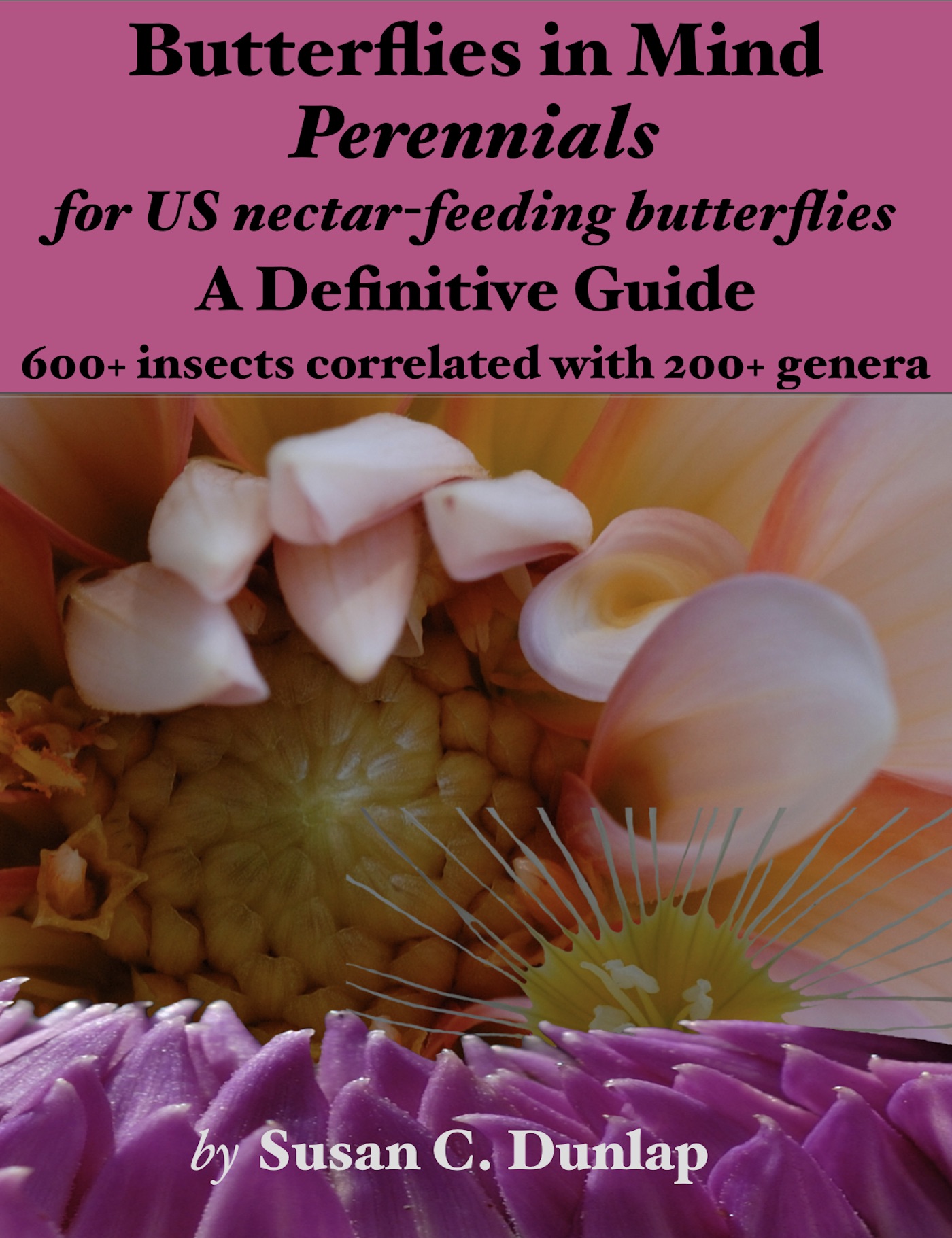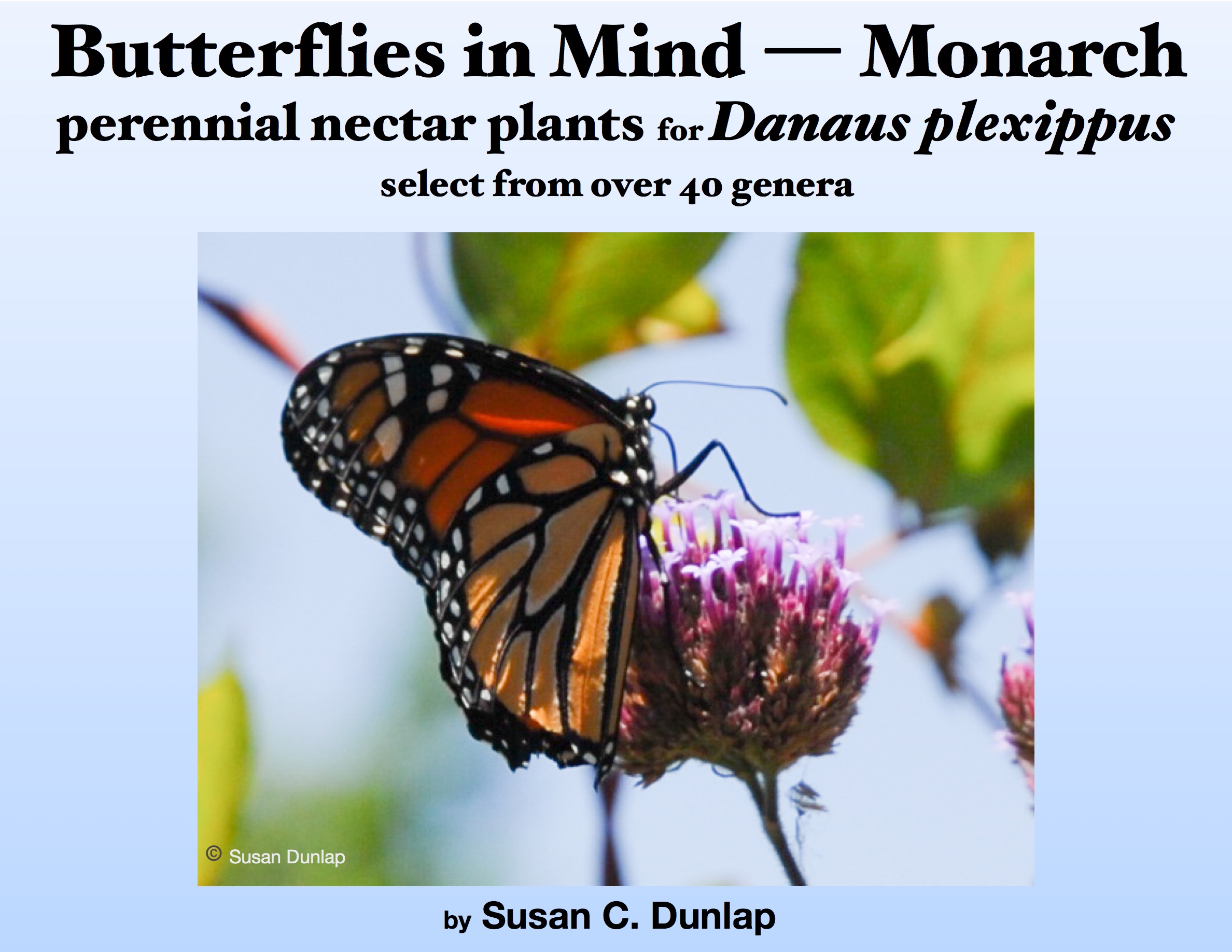Agapanthus campanulatus
Family: Amaryllidaceae
Common name: LILY-OF-THE-NILE
Native to: South Africa
Sentiment: love letter
Plant
Type: perennial
Forms: arching, clumping, erect, tufted
Leaves deciduous
Max height: 1.3 feet
Max width: 1.5 feet
Flower
blue/green, magenta/purple, violet
Leaf
green
Horticulture
Attracts wildlife: adult butterfly, specific butterfly species
Plant features: deciduous
Exposure: sun
Propagates by: seed
flowers in summer
Soil type: average
USDA Zones: zone 7 to 0 f, zone 8 to +10 f, zone 9 to +20 f, zone 10 to +30 f
Temp. range: 0 to +40 °F
Water: drought tolerant, dry, regular
Butterflies that feed on this plant
There are 16 species of Agapanthus, a member of the Amaryllidaceae family; 4 are in cultivation. Agapanthus grows in Zones 7-10, is available in 1 1/2 to 5 feet height, while most in the market place are in 2-3 feet tall. It is both drought tolerant and tolerant of other watering regimens.
This one, Agapanthus campanulatus, is a 1 1/3-foot-high species. The flowers are in blue to light purple shades with a bit of streaking. Agapanthus are considered an architectural plant, as it presents a consistent, reliable 'look' in the landscape. This attribute makes them ubiquitous in the public landscape.
Agapanthus africanus is a bit taller, as is Agapanthus inapertus a bit taller (and has dark purple flowers), Agapanthus ‘Streamline’ grows to 1 1/2 foot tall.
It has been reported that Papilio rutulus, WESTERN TIGER SWALLOWTAIL, will come to Agapanthus to feed. We are not sure about this so have removed that butterfly from this listing. If given food choices in the garden, the WESTERN TIGER SWALLOWTAIL will feed on other plants such as those in the Composite Family or on Fennel.









